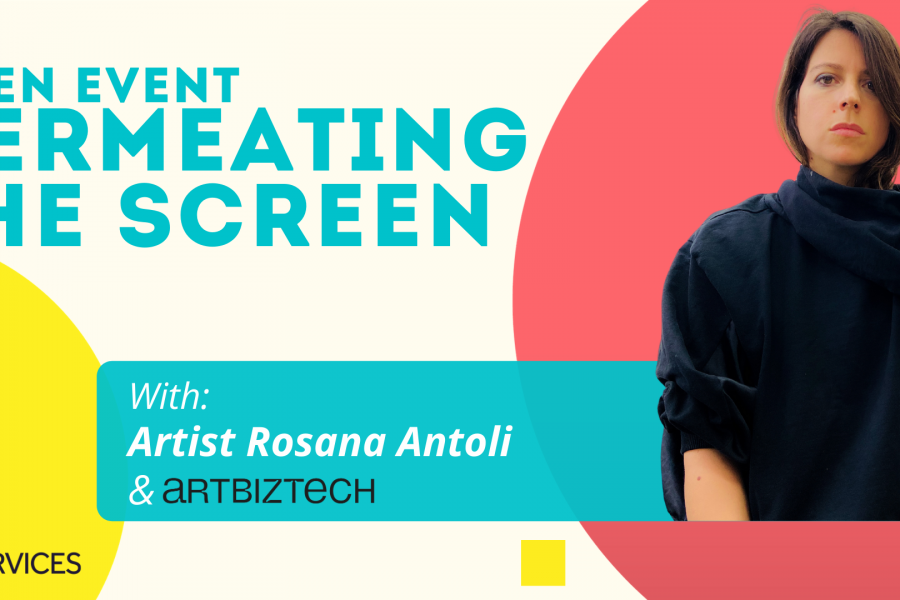Facebook’s Design Program Manager Michelle Morrison who is also will deliver a Keynote speech at UXistanbul’17; answered our questions about design culture.
1- Hello Michelle, could you please introduce yourself a little bit?
Hello! I am currently working as a Design Program Manager at Facebook. In years past, I’ve helped build financial products at companies like Square and IDEO.org. I’m obsessed with design and how it shapes the world around us. Say hi on Twitter: @michelephant.
2- You are also one of the organizers of a community in US: “Designers + Geeks”. Would you like to share some more about this Organization?
Yes, this is a serious passion project of mine. Designers + Geeks is a community for people interested in design, art, and technology. We host monthly events that feature great speakers on interesting topics. We’ve grown the community to over 20,000 people in just a few years! I believe we all have the power to build the communities we want to be a part of – just as UXIstanbul is doing.
3- You will be delivering a Keynote at 3rd UXistanbul Conference. What will be your speech’s subject?
Title: Impact & Design Culture
Description: By definition, culture is the manifestation of collective human intellectual achievement. In the design world, culture is not your color palette or your preferred typeface. Design culture is the result of how you act on your values and beliefs. In this talk, I will discuss the phases of building design culture and the approach different companies across Silicon Valley employ.
4- With general terms, what is “Design Culture”?
Design culture is the belief system that drives action in design. This means the methodology, decision making processes behind your work, the values you communicate through design, and what is reflected in the problems you solve and the people you work for. In short, design culture is how your actions reflect your beliefs.
5- What kind of dynamics are featured while building a design culture in an organization?
Communication, power dynamics, and organizational design are all components of building design culture, regardless of company size.
6- While building a design culture, are there significant differences between startups, agencies and corporations?
Yes, somewhat. The core components of culture are the same, but scale with team size and working models. For example, the agency model is built around client relationships while corporations have a different type of relationship with their customers. These two models require different methods for decision making, which inherently impact culture.
7- Is building a design culture a process that has an actual finish line or it is more like to be a never-ending journey? Why?
In Silicon Valley, there is a common belief that when you stop growing you die. This can be said about companies, products, and culture. I believe that as long as your company is growing, your culture must scale with it. This means we all have to stay self-critical, invest in continuous improvement, and put systems in place that work for the people doing work alongside you.
While I was at Square, I saw the company grow from 100 to 2,000 employees. There was a ritual of meeting as an entire company each week to discuss design, product, and growth. Every touch point in these meetings were designed, from the keynote to the key points. These meetings helped build a common cultural language that the entire company shared.
Now that I lead design programs at Facebook, I get to work with new-hires from the beginning of their Facebook journeys. In huge classrooms every week, we educate new-hires on our values, our practices, and their responsibility as new designers. These programs ensure that we maintain our core design culture as we grow week over week. Rituals like these can be cultivated by any size team to help further beliefs and practices.
8- In Facebook, could we say that this culture is embedded deeply in Company’s DNA?
Yes, absolutely. Facebook’s mission is to connect the world. This translates into design culture that thinks deeply about every community on this planet, that builds tools that are free and available to all, and believes that design holds an important seat at the table.
9- Will we be able to hear some “things to come” from Facebook at your Keynote?
Yes, I will talk about how our company is growing and what we will do to cultivate the design culture we want to see in the world.
10- Do you think that this approach is also applicable to governmental activities, too? What might be the possible outcomes and benefits of it?
Absolutely! The 2008 Obama campaign was among the first political campaigns to leverage modern design and web technology to accept donations. By building a hardworking, fast moving design team, they were able to translate their beliefs into an optimistic campaign. This couldn’t have happened without the right people and support systems in place.
If design were applied to the rest of government, we would have better transportation systems, voting tools, access to information, and unified platforms. Many governments rely on the inefficiencies that design prevents, which is how things break down for the public. In the words of my friend Stewart Scott-Curran, Design is inherently political. It’s a method for expressing our beliefs and paving the way to our future.
11- Anything you might want to add?
I’m looking forward to connecting with the design community of Istanbul. This is an amazing learning opportunity for me and I hope to gain fresh perspective on design. I’m also looking forward to the historic sights and craftsmanship of Turkey! Please send your recommendations via Twitter to @michelephant.



